After three reviews and two years, a new Trademark Law
Updated: 2013-09-04 07:45
By Zhang Zhao (China Daily)
|
||||||||
After three reviews over the past two years, a revised Trademark Law was approved last week by China's top legislative body. It will take effect on May 1 next year.
The new law will better serve to "crack down on infringements and ensure a fair market for Chinese and foreign trademark holders", Xinhua News Agency reported.
Guangming Daily quoted Wang Qing, an official with the Legal Affairs Commission at the National People's Congress Standing Committee, saying the amendment embodies three key words - convenience, fairness and severity.
The revised law will for the first time set time limits on trademark application procedures. The initial review period should last no more than nine months. If objections are raised, examinations should be finished in 12 months.
Li Shunde, an intellectual property professor with the Chinese Academy of Social Sciences, told the Procuratorial Daily that registering a trademark has been "like running the marathon".
The review period currently lasts 30 months on average, but can stretch to seven or eight years, he said.
"Time limits in the new law provide a legal basis to build an efficient trademark registration mechanism," said Wang.
The new law continues to offer protection for well-known trademarks, but the title will no longer be allowed on product packages, advertising or promotions.
Following its 1985 membership in the Paris Convention on the Protection of Industrial Property, China established a well-known trademark system to protect brands.
But many industry insiders say the process does not function as it was originally designed.
Many companies now regard a well-known trademark as an honorary title to promote their products, possibly misleading consumers.
A recent comment by the Beijing News noted that a number of companies perpetrate fraud and create disputes to apply for the status, "making the identification nearly lose its value".
Zhao Hu, an intellectual property rights lawyer and partner in Beijing's EastBright Law Firm, told China Daily in an earlier interview that the identification as a well-known trademark should be "a legal process to settle disputes, which is based on factual evidence in individual cases".
The new law will also give equal protection to foreign companies.
"We have provided protection for nearly all the well-known foreign brands in China," Xu Ruibiao, director of the trademark office under the State Administration for Industry and Commerce, told Xinhua.
"Foreign enterprises should be confident in the fairness of trademark protection in the Chinese market."
In addition, the new law will increase the compensation ceiling for trademark infringement to 3 million yuan ($490,500), six times the current limit.
The Trademark Law was the first intellectual property law adopted in the New China. It was first issued in 1982 and has been amended three previous times.
According to the latest statistics from the SAIC, there were 8.17 million registered trademarks in China by the end of June, the most in the world.
zhangzhao@chinadaily.com.cn
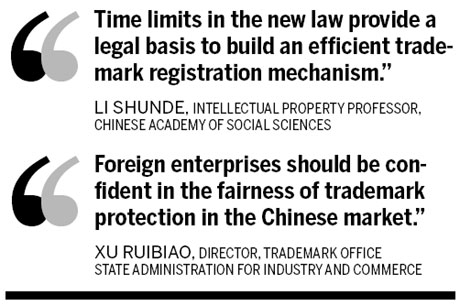
(China Daily USA 09/04/2013 page14)

 US missile destroyers stand by in Mediterranean
US missile destroyers stand by in Mediterranean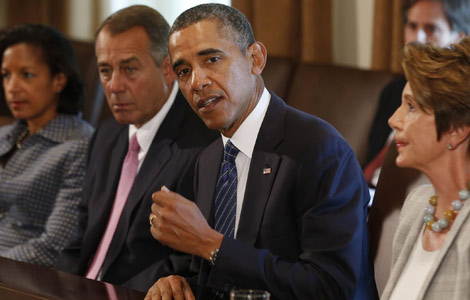
 Obama wins key backing on Syria strike
Obama wins key backing on Syria strike
 The first Chinese to reach US Open semi-final
The first Chinese to reach US Open semi-final
 Photos: Daily life for Free Syrian Army
Photos: Daily life for Free Syrian Army
 Fewer Chinese students apply to US graduate schools
Fewer Chinese students apply to US graduate schools
 Technology transfer is a focus
Technology transfer is a focus
 Syrian refugees exceed 2m
Syrian refugees exceed 2m
 Energy partners boost gas supplies
Energy partners boost gas supplies
Most Viewed
Editor's Picks
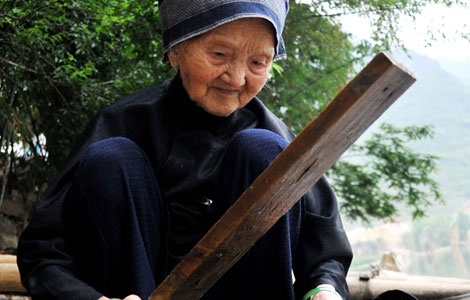
|
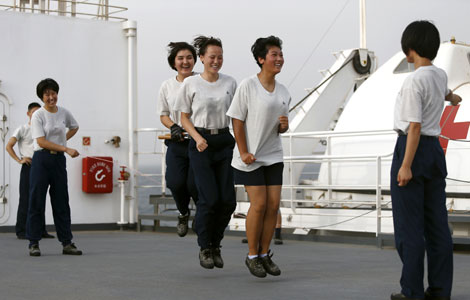
|

|
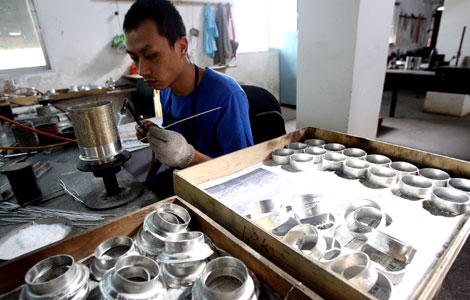
|
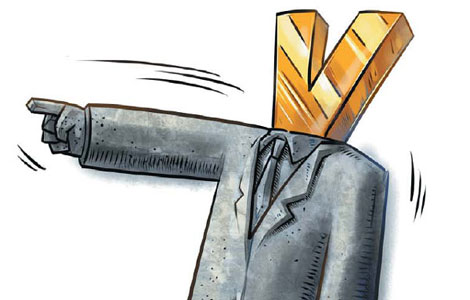
|

|
Today's Top News
Hainan starts Chicago-Beijing direct
Kodak emerges from bankruptcy
Senate agrees on draft authorization on Syria
Local debts not to drag China into financial crisis
Police name attacker who took boy's eyes
Fewer Chinese apply to US graduate schools
Japan urged to face history
Energy partners boost gas supplies
US Weekly

|

|





